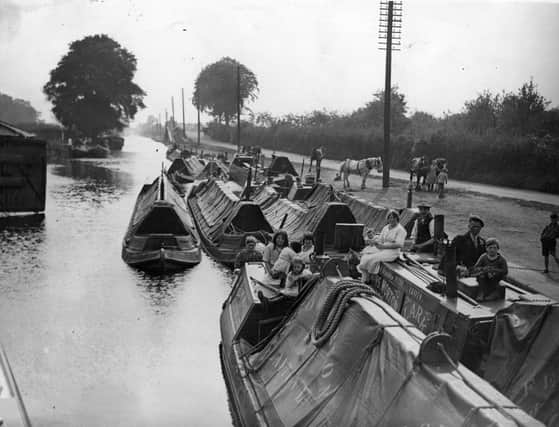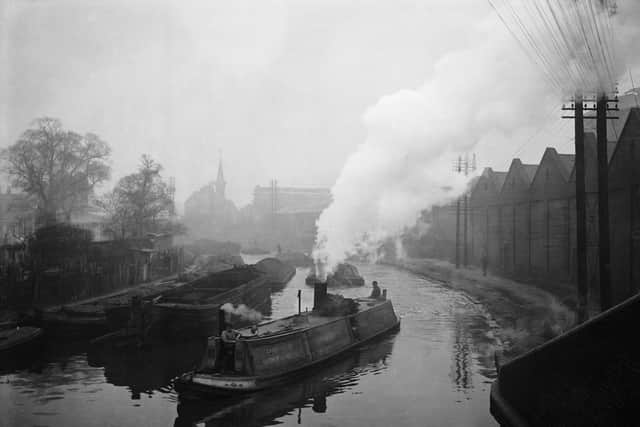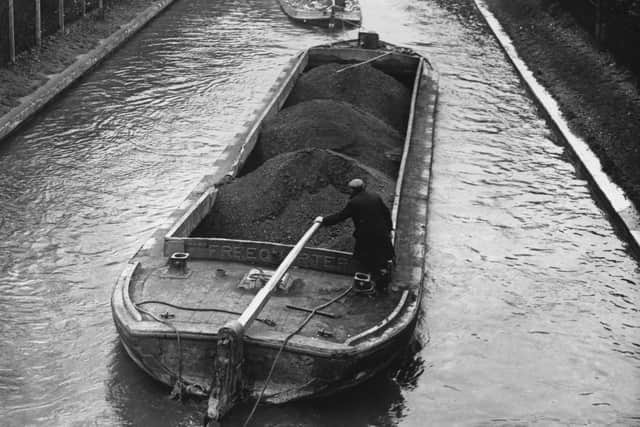The holiday trade created by Britain’s industrial waterways


These pictures from the archive capture the industrial past of the working boats that once traversed Britain’s canal system, and the beginnings of the pleasure industry that has been their legacy.
The first barges were horse drawn, and operators relied on young boys to lead the animals along the towpath. As competition from the railways caused the boatmen to tighten their belts, the boys – and sometimes the rest of their families – lived on board, acting as unpaid labour.
Advertisement
Hide AdAdvertisement
Hide AdIt was not until the late Victorian era that steam-powered barges began to become the norm, operating between London and the Midlands.


But the engines took up valuable cargo space, and despite the advent of smaller diesel units it became clear that the canals could not keep pace with the railways, let alone the emerging road network. When nationalisation came after the war, some 368 barges remained – an armada by maritime standards but a mere flotilla compared to the fleets of goods wagons on the roads and rails.
In 1963, after years of only rudimentary canal maintenance, the British Waterways Board called a halt to most of its haulage operations, and began the long process of beautifying the old canals and turning them over to leisure. The 127m Leeds and Liverpool Canal, the longest in Britain built as a single waterway, was now a destination of choice for the pilots of old barges newly transformed into houseboats.
Today, some 652m of inland waterways are at their disposal with the newest, the four-mile Ribble Link, having opened as recently as 2002.
Support The Yorkshire Post and become a subscriber today.


Advertisement
Hide AdAdvertisement
Hide AdYour subscription will help us to continue to bring quality news to the people of Yorkshire. In return, you’ll see fewer ads on site, get free access to our app and receive exclusive members-only offers.
So, please – if you can – pay for our work. Just £5 per month is the starting point. If you think that which we are trying to achieve is worth more, you can pay us what you think we are worth. By doing so, you will be investing in something that is becoming increasingly rare. Independent journalism that cares less about right and left and more about right and wrong. Journalism you can trust.
Thank you
James Mitchinson
Comment Guidelines
National World encourages reader discussion on our stories. User feedback, insights and back-and-forth exchanges add a rich layer of context to reporting. Please review our Community Guidelines before commenting.